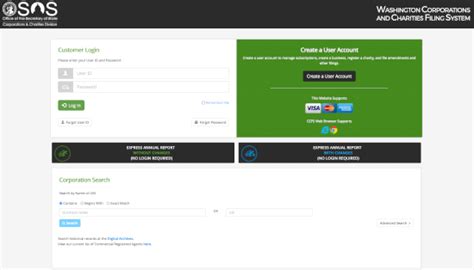Psa Public Service

The concept of public service announcements (PSAs) has been a cornerstone of social messaging for decades, providing a platform for governments, organizations, and individuals to convey vital information and raise awareness about critical issues. PSAs have evolved over the years, adapting to changing societal needs, technological advancements, and shifting communication landscapes. This article delves into the world of PSAs, exploring their history, impact, and the role they play in modern society.
History of Public Service Announcements

The origins of PSAs date back to the early 20th century, when governments and organizations began utilizing mass media to disseminate information and promote social causes. During World War II, PSAs played a crucial role in rallying support for the war effort, promoting national security, and encouraging citizens to take action. The 1960s and 1970s saw a surge in PSAs focused on social issues, such as civil rights, environmental protection, and public health. The advent of television and radio further amplified the reach and impact of PSAs, allowing messages to be broadcast to a wider audience.
Evolution of PSAs
In recent years, PSAs have undergone significant transformations, driven by advances in technology and changes in consumer behavior. The rise of digital media, social networks, and online platforms has enabled PSAs to reach a more targeted and engaged audience. Modern PSAs often incorporate innovative storytelling techniques, emotional appeals, and interactive elements to capture attention and drive action. The use of influencers, celebrities, and social media personalities has also become a common strategy to amplify the reach and credibility of PSAs.
| Year | Notable PSA Campaigns | Impact |
|---|---|---|
| 1980s | AIDS awareness campaigns | Increased public awareness and reduced stigma |
| 1990s | Anti-smoking campaigns | Decreased smoking rates and improved public health |
| 2000s | Environmental conservation campaigns | Increased awareness and action on climate change |

Key Characteristics of Effective PSAs

Effective PSAs share certain characteristics that contribute to their success. These include:
- Clear messaging: A concise and compelling message that resonates with the target audience
- Emotional appeal: An emotional connection that motivates the audience to take action
- Authenticity: A genuine and trustworthy tone that establishes credibility
- Relevance: A message that is relevant to the audience's interests, concerns, and values
- Call to action: A clear and actionable step that encourages the audience to engage with the issue
Key Points
- PSAs have a long history of promoting social causes and raising awareness about critical issues
- Modern PSAs incorporate innovative storytelling techniques, emotional appeals, and interactive elements
- Effective PSAs share characteristics such as clear messaging, emotional appeal, authenticity, relevance, and a clear call to action
- PSAs can be instrumental in shaping public opinion, influencing behavior, and driving social change
- The use of digital media, social networks, and online platforms has enabled PSAs to reach a more targeted and engaged audience
Challenges and Limitations of PSAs
Despite their potential, PSAs also face challenges and limitations. These include:
- Information overload: The abundance of information in the digital age can make it difficult for PSAs to cut through the noise and capture attention
- Ad fatigue: The repeated exposure to PSAs can lead to decreased effectiveness and audience fatigue
- Lack of engagement: PSAs may fail to engage the audience or inspire action, particularly if the message is not relevant or compelling
- Measurement and evaluation: The impact of PSAs can be difficult to measure and evaluate, making it challenging to assess their effectiveness
In conclusion, PSAs remain a vital tool for promoting social causes, raising awareness about critical issues, and driving social change. By understanding the history, evolution, and key characteristics of effective PSAs, we can harness their potential to create meaningful impact and inspire action.
What is the primary goal of a PSA?
+The primary goal of a PSA is to raise awareness about a critical issue, promote a social cause, or inspire action.
How have PSAs evolved over the years?
+PSAs have evolved to incorporate innovative storytelling techniques, emotional appeals, and interactive elements, leveraging digital media, social networks, and online platforms to reach a more targeted and engaged audience.
What are the key characteristics of an effective PSA?
+Effective PSAs share characteristics such as clear messaging, emotional appeal, authenticity, relevance, and a clear call to action.



